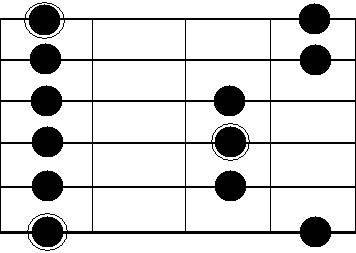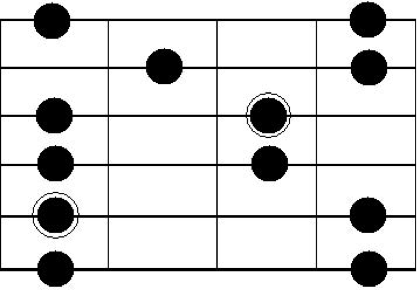How To Play Blues Guitar Solos Without Repeating Yourself Too Much
In these blues guitar tips we are going to look at the best ways in which you can improve your blues guitar solos. When you play a solo you’ll want to be able to capture people’s attention.
Sometimes you’ll hear experienced musicians or teachers talk about the fact that some musicians have nothing to say musically while others let their instrument ‘speak’. But what do they mean by this?
In the next tips I’m going to explain why some guitar solos are considered meaningful, while other solos consists of just a bunch of licks. I’ll also show you how to practice in a way that will make sure your solos fall into the first category.
Blues Guitar Tip 1: It’s All About How You Say It
In the blues, it’s often not about how many notes you play, but how well you express yourself through your guitar. Look at guitarists as B.B. King and Eric Clapton; it’s not that they are virtuoso guitarists (if we define virtuoso as a person with masterly technique); they just know how to really make use of the five notes in the pentatonic scale.
I’m not saying that these aren’t great guitarists; both have the ability to express what they want to express, so their technique is perfect for them. It’s just a fact that these guys don’t have to play a lot of notes to really touch someone’s feelings.
In order to play great blues solos the first step you have to take is to become fluent at using these five notes to create countless variations. By having these options you’ll have something meaningful to say when you play guitar solos instead of repeating the same ideas over and over again. Which brings me to my next point…
Blues Guitar Tip 2: The Three Best Blues Solo Guitar Exercises
The best exercises that you could engage in to become more literate in you guitar solos, whatever level you’re on are these:
1) Play one note on the guitar and try to make it sound as expressive as possible
2) Now play two notes on the guitar to make them sound as expressive as possible
3) Play a lick and try to alter it and come up with many different versions.
That’s it, these are the top 3 best exercises to play great solos. If you focus on these exercises in your guitar practice then your solos will continue to develop day by day. These exercises will also make sure you develop your own style.
Blues Guitar Tip 3: Create Contrast in Your Guitar Solos
Creating interesting, captivating guitar solos is all about creating contrast. There are many ways in which you can create contrast on the guitar. Contrast is also the main element that is lacking in mediocre guitar solos. Take for instance the contrast loud vs. soft; many beginner to intermediate guitarists will play an entire solo while staying in the same dynamic level the entire time and no matter how ‘inventive’ their solos are they will still lack interest and become boring to the listener quickly.
To stop this from happening in your own guitar solos, you need to base part of your improvisation practice around this concept of contrast.
So, let’s take two pairs of contrasting elements and engage them in some exercises.
- Contrast In Tonal Range
By using contrast in tonal range, you’ll be able to cover more areas on the guitar neck and create more interesting solos.
Exercise 1:
The easiest way in which you can broaden your tonal range is by using the ‘octave position’ of the minor pentatonic scale. Here we’ll use the Am pentatonic scale, but you could use any scale you like for this.

17 20
Am pentatonic scale (octave position)
Just play a lick in the box position and then repeat the same lick an octave higher on the neck of the guitar. We could do the same with other positions of the minor pentatonic scale, such as the fourth position.
Exercise 2:

12 15
Am pentatonic scale (position 4)
The idea is very simple; we’re creating contrast in pitch range by playing a lick low on the guitar neck and then playing the same lick, a variation of that lick or a totally different lick higher on the guitar neck.
Implementation Is The Key To Succes
There are many more ways in which you can create contrast in your guitar playing such as using different scales, playing ‘inside’ vs. playing ‘outside’ (when we speak about playing ‘inside’ we mean that we are playing notes that are contained in the scale that we are using, while ‘outside’ playing means we use notes that are not in the scale), using contrasting techniques and many more.
But before we talk about more exercises and practice strategies it’s better for you to focus on these tips and exercises first. The key to becoming a great guitarist is twofold; 1) having acces to the right information and 2) using that information and implement into your practice routine.
Master Blues Guitar In My Online Guitar Lessons
